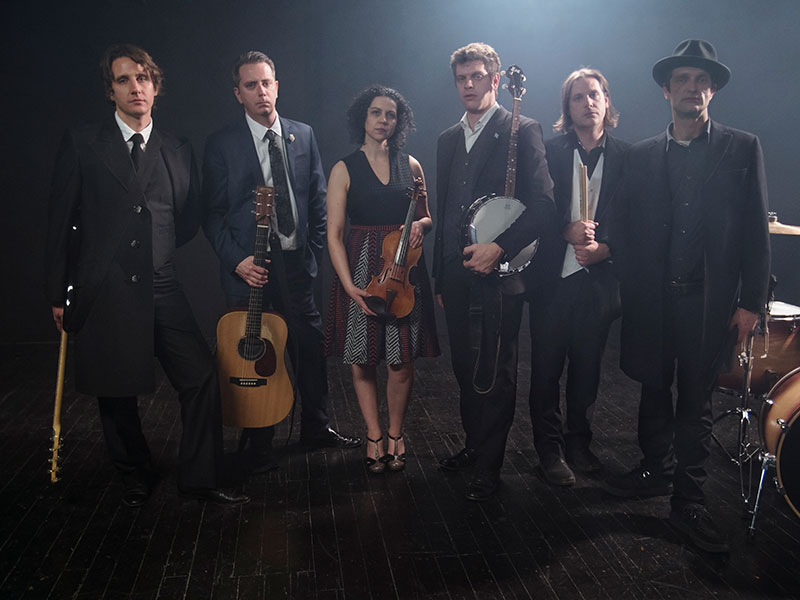I couldn’t get enough of Ireland, or its history and culture, or indeed, of its people. I still can’t.
When people discover that I’m an expert on Irish history, politics, and culture, the first question I’m routinely asked is: “Oh, do you have Irish ancestry? Is Weinstein your married name?” People seem puzzled that a person with no ancestral connection to Ireland would become obsessed with learning everything about this small island in the North Atlantic. Indeed, I did not grow up in an Irish-American community, my family never acknowledged St. Patrick’s Day, and before college, my knowledge of Ireland consisted of stereotypes about Catholicism and drinking.
When I was an undergraduate at Northwestern, I joined the student-run radio station, WNUR, and eventually became General Manager. One of my various duties was to review new music that came in, and sometime in early 2003 I happened upon an album called Purgatory by an Irish-American band called the Tossers. This septet played punked up Irish folk music, along the lines of the Pogues, but somewhat more aggressive.

This band changed my life. As I am not a person who ever does anything halfway, I threw myself into Irish music. I purchased albums by the Pogues and the Dropkick Murphys, and also traditional folk bands including the Dubliners, the Chieftains, and the Clancy Brothers. After a few months, I had memorized the words to almost every Irish rebel song. I loved the melodies and the instrumentation and the stories told by the lyrics in songs such as “The Rising of the Moon” and “My Little Armalite,” and yet I had no understanding of the history that led people to write these tunes.
So, I signed up for the one Irish history class offered at Northwestern. Soon, I understood that “The Rising of the Moon” was a song from the ill-fated rebellion of 1798, “the year of the French,” per the title of a novel about this rebellion. I understood the role of the Armalite rifle in the Troubles. And on and on and on. I applied to research an honors thesis, and Northwestern gave me money to conduct research in Northern Ireland on the IRA and Sinn Féin. On my train ride from Dublin to Belfast, a friendly couple who could tell I was foreign started chatting with me. They told me a joke that I later learned was common in Northern Ireland: “Why do the Irish spray-paint their sheep?” I was asked, in reference to the blue, green, and red spots on the sides of the grazing animals. Naively, I answered “I assume it’s so farmers can tell their sheep from someone else’s?” “No,” my new friend replied, “It’s so they can tell the Catholic sheep from the Protestant sheep!”

I laughed. I was hooked. I loved the ability of the Irish to tell jokes about a conflict that was so bloody and so tragic. Dublin and Belfast were beautiful, and I felt like I should have been born there. And so my research didn’t end with my undergraduate thesis. I returned to Belfast to complete a master’s degree in Irish Politics at Queen’s University, and I then pursued a doctorate in Irish History. On my final research trip to Dublin, I was passing through customs upon my arrival, and the agent noticed the many Ireland stamps in my passport. “Well, ye practically live here now, don’tcha? Why are ye here so often?” I told him the truth: “I’m getting a Ph.D. in Irish history, and I’m here for research.” He said, “Now why the feck would you want to do that!?” And he laughed at me.
I couldn’t get enough of Ireland, or its history and culture, or indeed, of its people. I still can’t.